When we think of pepper, the first image that often comes to mind is the humble black peppercorn, a staple in kitchens worldwide. However, the world of pepper extends far beyond this familiar spice, offering a vibrant array of colors, flavors, and potential health benefits. From the fiery heat of chili peppers to the delicate floral notes of pink peppercorns, each variety brings its own unique characteristics to the table.
In this comprehensive guide, we’ll embark on a journey through the fascinating history of pepper, explore the science behind its potential health benefits, and discover creative ways to incorporate different pepper varieties into your culinary creations. Whether you’re a passionate home cook looking to elevate your dishes or simply curious about the health advantages of this spicy superfood, this article will provide you with the knowledge and inspiration to embrace the power of pepper.
The Historical Significance of Pepper: From Ancient Trade to Global Staple
Pepper has been an integral part of human history for millennia, with evidence of its use dating back to ancient civilizations. In fact, peppercorns were once considered so valuable that they were used as a form of currency and traded alongside precious metals and spices. The allure of pepper drove explorers to navigate treacherous trade routes, ultimately leading to the establishment of vast global trade networks.

As pepper made its way around the world, it left an indelible mark on the cuisines of countless cultures. From the spice markets of India to the kitchens of Europe, pepper became a beloved ingredient, prized for its ability to add depth, heat, and complexity to a wide range of dishes. Today, pepper remains an essential spice in culinary traditions worldwide, with each region boasting its own unique varieties and applications.
The Science Behind the Spice: Unveiling Pepper’s Potential Health Benefits
Beyond its culinary versatility, pepper has garnered attention for its potential health benefits. The primary compound responsible for pepper’s purported health-promoting properties is piperine, a bioactive alkaloid found in the fruit and seeds of the pepper plant. Let’s take a closer look at some of the ways in which pepper may support our well-being:
1. Antioxidant Protection
Pepper is a rich source of antioxidants, which are compounds that help protect our cells from damage caused by harmful free radicals. Free radicals are unstable molecules that can contribute to oxidative stress, a process linked to various chronic diseases and premature aging. The antioxidants found in pepper, such as vitamin C, vitamin A, and carotenoids, may help neutralize these free radicals, thus reducing oxidative stress and supporting overall health.
2. Digestive Support
Piperine, the primary active compound in pepper, has been shown to stimulate the digestive system by increasing the production of digestive enzymes. These enzymes help break down food more efficiently, potentially improving nutrient absorption and overall digestive function. Additionally, some studies suggest that piperine may help reduce inflammation in the gut, which could be beneficial for individuals with inflammatory bowel conditions. However, more research is needed to fully understand the extent of these digestive benefits.
3. Anti-Inflammatory Properties
Chronic inflammation is a contributing factor in many health issues, from arthritis to heart disease. Some studies have indicated that piperine, along with other compounds found in pepper, may possess anti-inflammatory properties. By helping to reduce inflammation in the body, pepper could potentially play a role in managing certain inflammatory conditions. However, further research is necessary to determine the specific mechanisms and effectiveness of pepper in this regard.
4. Enhanced Nutrient Absorption
One of the most intriguing potential benefits of pepper is its ability to enhance the absorption of certain nutrients. Piperine has been shown to increase the bioavailability of various compounds, including curcumin (found in turmeric), resveratrol (found in grapes and red wine), and beta-carotene (found in orange and yellow fruits and vegetables). By improving the absorption of these nutrients, pepper may help optimize their health-promoting effects within the body.
It’s important to note that while these potential health benefits are promising, more research is needed to fully understand the mechanisms of action and determine the optimal dosage and form of pepper for specific health outcomes. As with any dietary change, it’s always best to consult with a healthcare professional, especially if you have pre-existing health conditions or concerns.
Culinary Creativity: Exploring the Diverse World of Pepper Varieties
One of the most exciting aspects of pepper is the sheer variety of colors, shapes, and flavors available. From the mild, crisp taste of bell peppers to the intense, fiery heat of habaneros, each variety offers a unique sensory experience and culinary potential. Let’s explore some of the most popular pepper varieties and how to incorporate them into your cooking:
1. Black Peppercorns
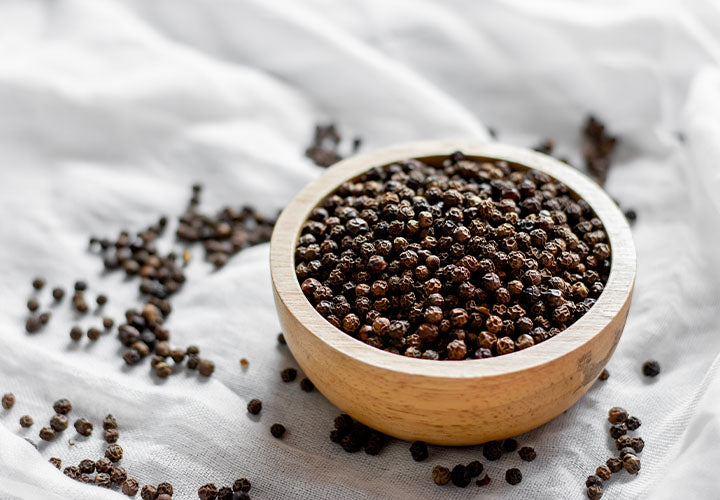
Black peppercorns are the most common form of pepper, known for their sharp, pungent flavor and versatility in savory dishes. To maximize the flavor and aroma of black pepper, opt for whole peppercorns and grind them fresh using a pepper mill. Black pepper pairs well with a wide range of ingredients, from meats and vegetables to soups and sauces.
2. White Peppercorns
:max_bytes(150000):strip_icc()/spices-online-store-concept--1136809580-81566d0bfb5f432abb0863c333b77c0c.jpg)
White peppercorns are derived from the same plant as black peppercorns but have had the outer layer removed, resulting in a milder, more delicate flavor. White pepper is often used in light-colored dishes where the appearance of black specks may be undesirable, such as cream sauces, mashed potatoes, and fish dishes. It’s also a key ingredient in many Asian cuisines, particularly Chinese and Vietnamese.
3. Green Peppercorns
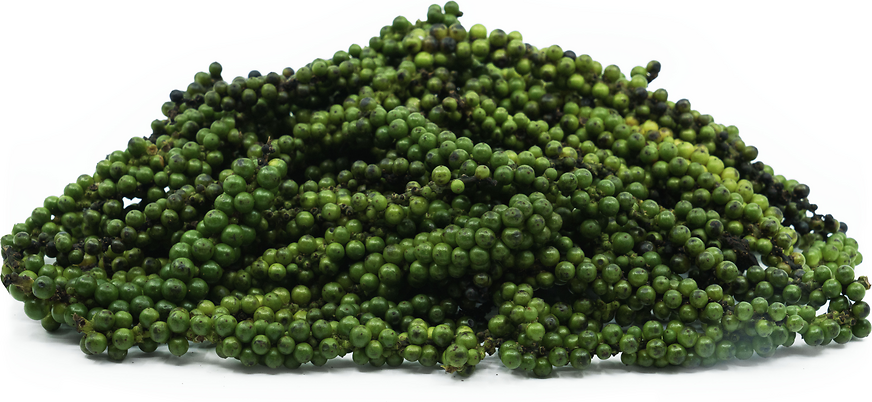
Green peppercorns are the unripe berries of the pepper plant, offering a fresh, slightly vegetal flavor with a milder heat compared to black peppercorns. They are often used in brines, marinades, and sauces, particularly in French cuisine. Green peppercorn sauce, a classic accompaniment to steak, showcases the unique flavor profile of these immature berries.
4. Red Peppercorns
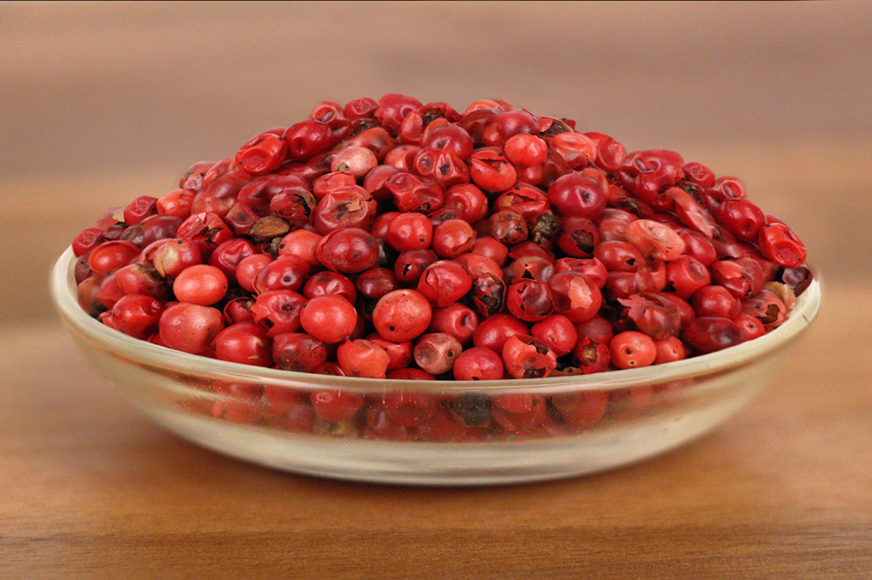
Red peppercorns are the fully ripe berries of the pepper plant, boasting a slightly sweet, fruity flavor alongside a mild peppery heat. They are less common than black or white peppercorns but add a beautiful visual contrast and unique flavor to dishes. Try using red peppercorns in spice blends, rubs, or as a garnish for soups and salads.
5. Szechuan Peppercorns
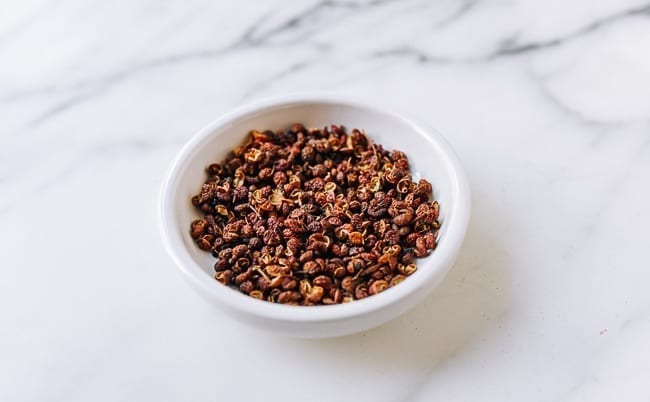
Szechuan peppercorns, also known as Sichuan peppercorns, are not actually related to the black pepper plant but are instead the berries of the Chinese prickly ash tree. These unique peppercorns are known for their numbing, tingling sensation on the tongue, accompanied by a mild citrusy flavor. Szechuan peppercorns are a key ingredient in many Chinese dishes, particularly those from the Sichuan province, such as kung pao chicken and mapo tofu.
6. Chili Peppers
While not technically peppercorns, chili peppers are an integral part of the pepper family, offering a vast spectrum of heat levels and flavor profiles. From the mild, grassy notes of poblano peppers to the intense, fiery kick of ghost peppers, chili peppers add depth, complexity, and a touch of spice to countless dishes worldwide. Experiment with different chili varieties in salsas, stews, curries, and stir-fries to discover your preferred level of heat and flavor.
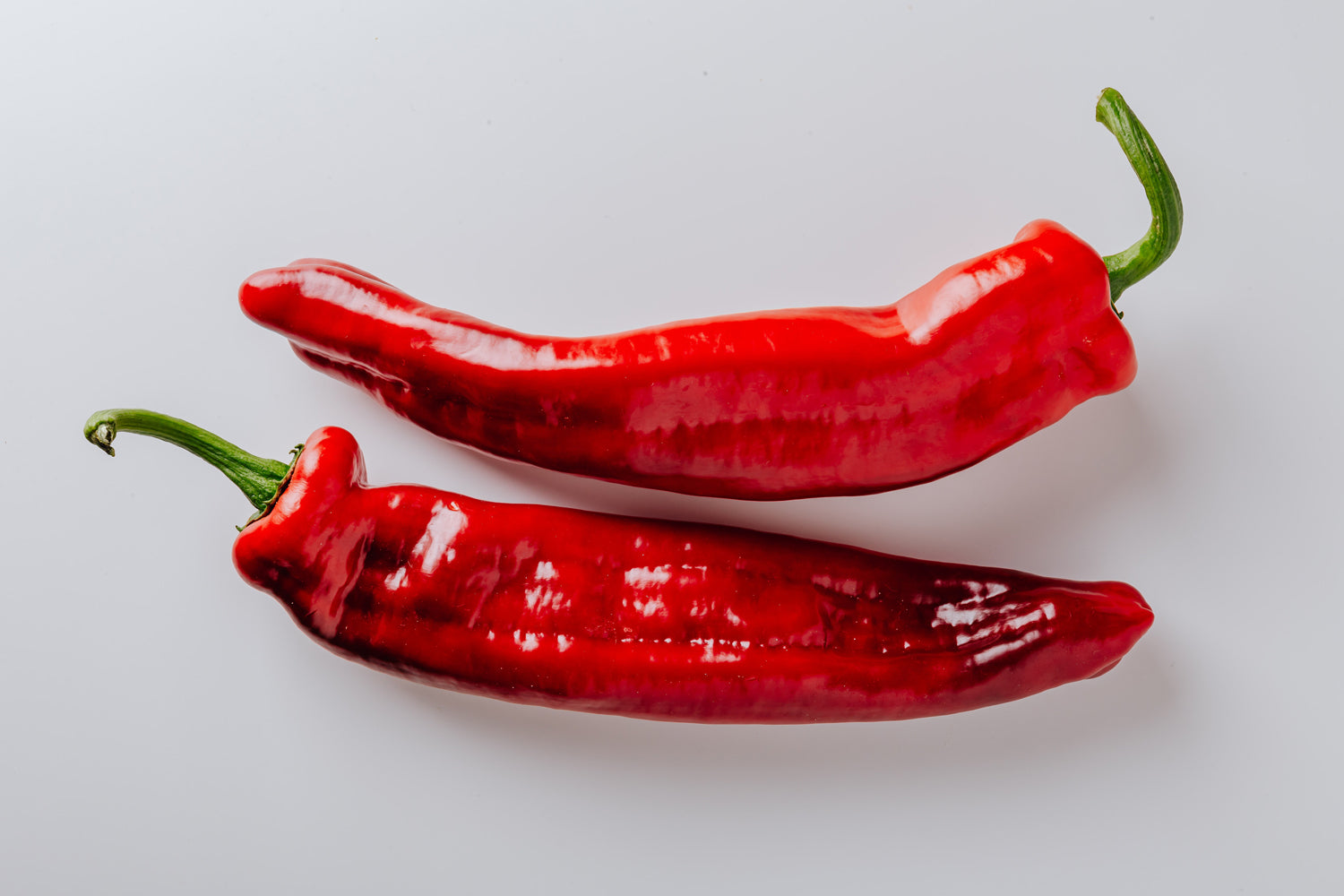
By incorporating a diverse array of pepper varieties into your cooking, you can create a symphony of flavors and textures while potentially reaping the various health benefits associated with this versatile spice.
Maximizing Freshness and Flavor: Tips for Selecting, Storing, and Using Pepper
To fully appreciate the potential health benefits and culinary versatility of pepper, it’s essential to start with high-quality ingredients and proper storage techniques. Here are some tips to ensure you’re getting the most out of your pepper:
1. Choose Whole Peppercorns
Whenever possible, opt for whole peppercorns rather than pre-ground pepper. Whole peppercorns retain their essential oils and flavor compounds better, resulting in a more potent and aromatic spice. Additionally, whole peppercorns have a longer shelf life compared to ground pepper, which can lose its flavor and aroma more quickly.
2. Invest in a Pepper Mill
A high-quality pepper mill is a worthwhile investment for any home cook. Freshly ground pepper offers a more intense and complex flavor compared to pre-ground versions. Look for a pepper mill with adjustable grind settings, allowing you to customize the coarseness of your pepper to suit different dishes and preferences.
3. Store Properly
To maintain the quality and flavor of your peppercorns, store them in an airtight container in a cool, dark place away from direct sunlight and heat sources. Avoid storing pepper in the refrigerator, as the humidity can cause the peppercorns to lose their flavor and aroma more quickly.
4. Use Pepper in Stages
When cooking with pepper, consider adding it at different stages to build layers of flavor. Adding pepper early in the cooking process, such as when sautéing aromatics, can help infuse the dish with a deep, complex flavor. However, adding a fresh crack of pepper just before serving can provide a bright, pungent kick that enlivens the overall taste of the dish.
By following these simple tips, you can ensure that you’re getting the most out of your pepper, both in terms of flavor and potential health benefits.
The Future of Pepper Research: Emerging Trends and Opportunities
As interest in the health benefits and culinary applications of pepper continues to grow, researchers are exploring new avenues to better understand this fascinating spice. Some areas of emerging research include:
1. Bioavailability Enhancement
While piperine has shown promise in enhancing the absorption of certain nutrients, researchers are investigating ways to further optimize this effect. This could involve developing novel delivery systems or combining piperine with other compounds to create synergistic formulations that maximize nutrient uptake and utilization within the body.
2. Personalized Nutrition
As our understanding of the relationship between diet, genetics, and health expands, researchers are exploring the potential for personalized nutrition strategies that take into account individual variations in pepper metabolism and response. This could lead to customized recommendations for pepper intake based on an individual’s unique genetic profile and health status.
3. Functional Food Development
The potential health benefits of pepper have sparked interest in the development of functional foods and beverages that incorporate this spice as a key ingredient. From pepper-infused teas and smoothies to savory snacks and condiments, the possibilities for pepper-based functional products are vast and exciting.
As research continues to uncover new insights into the health benefits and applications of pepper, we can expect to see innovative products, culinary techniques, and personalized nutrition strategies that harness the power of this versatile spice.
Conclusion: Embracing the Spice of Life
Pepper, in its many forms and varieties, offers a world of flavor, versatility, and potential health benefits. From the familiar black peppercorn to the exotic Szechuan peppercorn, each type of pepper brings a unique set of characteristics that can elevate your culinary creations and support your well-being.
By understanding the historical significance, exploring the science behind the potential health benefits, and mastering the art of selection, storage, and use, you can fully embrace the power of pepper in your daily life. Whether you’re a seasoned home cook or a curious consumer, incorporating a diverse array of peppers into your diet can add depth, complexity, and a touch of spice to your meals while potentially supporting your overall health and well-being.
So, the next time you reach for the pepper mill, take a moment to appreciate the rich history, vibrant flavors, and potential health benefits of this beloved spice. With a dash of creativity and a pinch of pepper, you can embark on a flavorful journey towards a healthier, more satisfying life.



